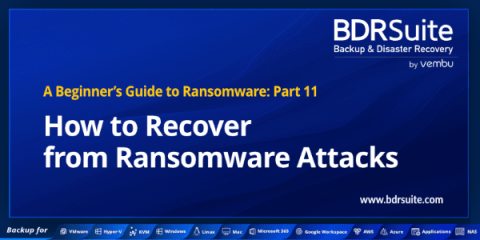A Beginner's Guide to Ransomware: How to Recover from Ransomware Attacks - Part 11
This Beginner’s Guide to Ransomware is a comprehensive multi-part series that will empower you with the knowledge and tools to navigate the ever-evolving landscape of ransomware threats.










